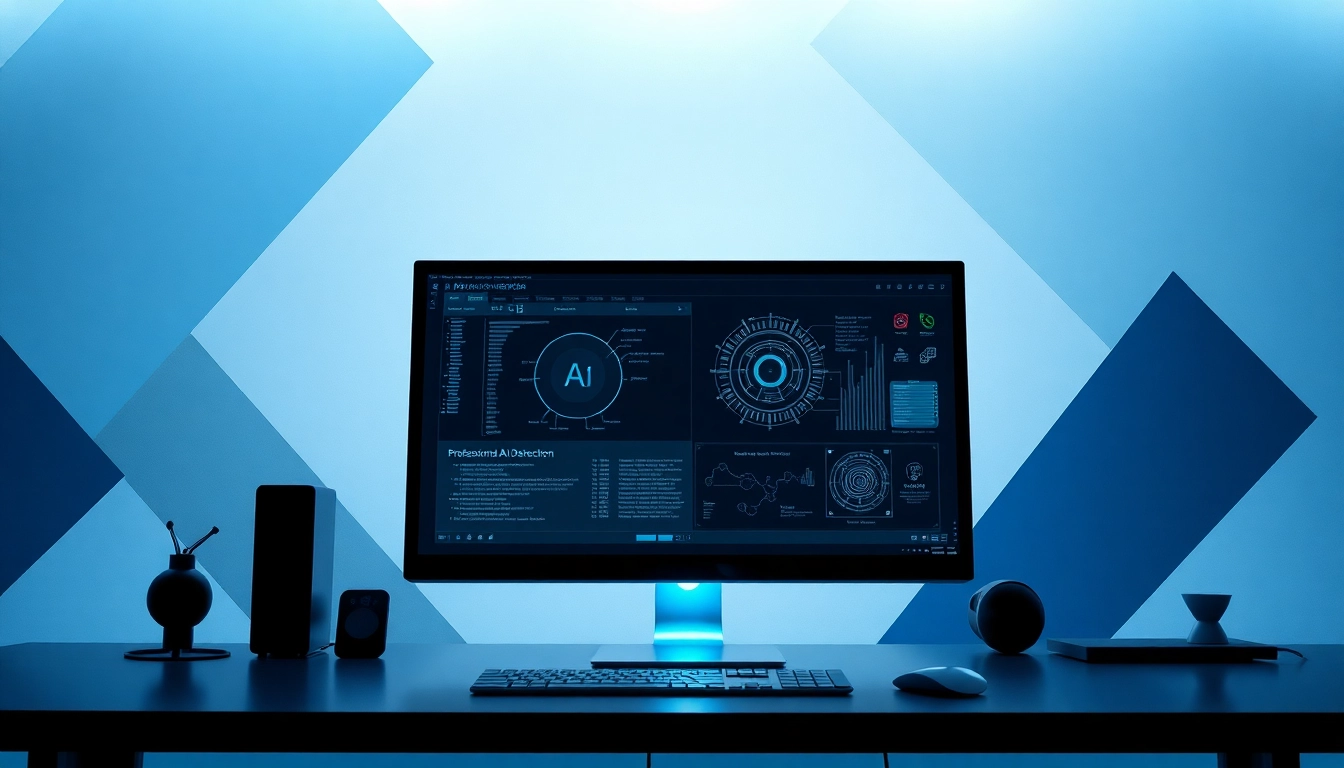
The Shift Toward Multi-Display Marketing Strategies
In an era where visual communication dominates, brands are moving beyond single-screen setups to embrace multi-screen digital signage management. This approach allows businesses to deliver synchronized messages, dynamic campaigns, and immersive brand experiences across multiple displays at once. Growing brands, especially those in retail, hospitality, and entertainment, are finding that multi-screen digital signage management is not just a tool for showing content—it’s a strategic asset for brand growth and customer engagement.
Consistency Across Multiple Locations and Displays
For expanding brands, maintaining consistent messaging across various branches and multiple displays within each location is crucial. Multi-screen digital signage management provides the ability to control every screen from a central platform, ensuring that branding elements, promotions, and updates are uniform across the board. Whether it’s launching a seasonal campaign or updating store-wide menu boards, a well-implemented multi-screen digital signage management system ensures customers see the same quality and style of communication at every touchpoint.
Real-Time Updates for Agile Marketing
The ability to react quickly to trends, events, or sudden changes in the market is essential for growing brands. Multi-screen digital signage management enables marketing teams to push updates in real time to all connected screens. This is especially useful for time-sensitive promotions, live event updates, or emergency announcements. Instead of relying on staff at each location to make changes manually, the central system ensures that updates happen instantly, reducing errors and keeping messages accurate.
Personalization and Targeted Content Delivery
Modern multi-screen digital signage management systems allow for targeted content distribution based on location, audience demographics, or even time of day. This means a brand can run different promotions simultaneously across different regions or tailor in-store displays to match local preferences. For example, a fashion retailer might display winter clothing on screens in colder cities while promoting summer collections in warmer climates—all managed from the same platform.
Creating Immersive Brand Experiences
One of the most exciting aspects of multi-screen digital signage management is its potential to create immersive environments. Multiple displays can be synchronized to work together, forming large video walls or segmented visuals that tell a story. This multi-display approach can be used for product launches, experiential marketing, or even interactive customer experiences, helping brands stand out in competitive markets.
Enhanced Operational Efficiency for Growing Teams
As brands grow, coordinating content across multiple screens and locations can become overwhelming without the right tools. Multi-screen digital signage management streamlines this process by allowing centralized scheduling, automated content rotation, and bulk updates. Marketing and operations teams can collaborate more effectively, freeing up time for strategy and creative development rather than manual screen management.
Integrating Data and Analytics for Smarter Campaigns
A forward-thinking multi-screen digital signage management platform doesn’t just display content—it also collects data on performance and engagement. Brands can measure which campaigns drive the most attention, track dwell times in front of displays, and adjust strategies based on customer behavior. This data-driven approach ensures that each campaign is optimized for maximum impact, helping growing brands allocate their budgets more effectively.
Supporting Omnichannel Marketing Strategies
In today’s competitive environment, digital signage doesn’t exist in isolation—it’s part of a broader omnichannel marketing approach. Multi-screen digital signage management can integrate with mobile apps, social media feeds, and e-commerce platforms to create a seamless brand presence both online and offline. This means customers might see a promotion in-store that they can instantly access or purchase through their smartphones, enhancing convenience and boosting conversion rates.
Reducing Costs and Environmental Impact
While multi-screen digital signage management requires an initial investment, it significantly reduces costs over time. Printing posters, banners, and other physical marketing materials for multiple locations is expensive and wasteful. By going digital and centralizing control, brands can cut printing costs, reduce waste, and lower their environmental footprint. This eco-friendly approach also aligns with the values of increasingly sustainability-conscious consumers.
Preparing for Future Technology Integrations
The future of multi-screen digital signage management is tied closely to advancements in technology such as AI, IoT, and augmented reality. Artificial intelligence could soon automate content adjustments based on customer demographics detected in real time, while IoT integrations could trigger displays to respond to environmental factors like weather or foot traffic. For growing brands, adopting a flexible multi-screen digital signage management solution today ensures they can seamlessly integrate these innovations tomorrow.
Competitive Advantages for Growing Brands
In a crowded marketplace, the ability to deliver a cohesive, engaging, and adaptive visual experience is a major competitive edge. Multi-screen digital signage management allows growing brands to act like established industry leaders—coordinating large-scale campaigns with precision, creating high-impact visual experiences, and building a consistent brand image. This technology empowers brands to meet the rising expectations of modern consumers who demand both quality and immediacy in the content they engage with.








